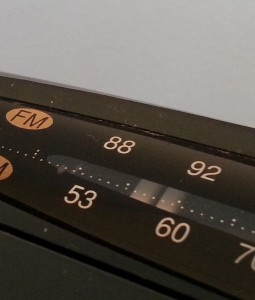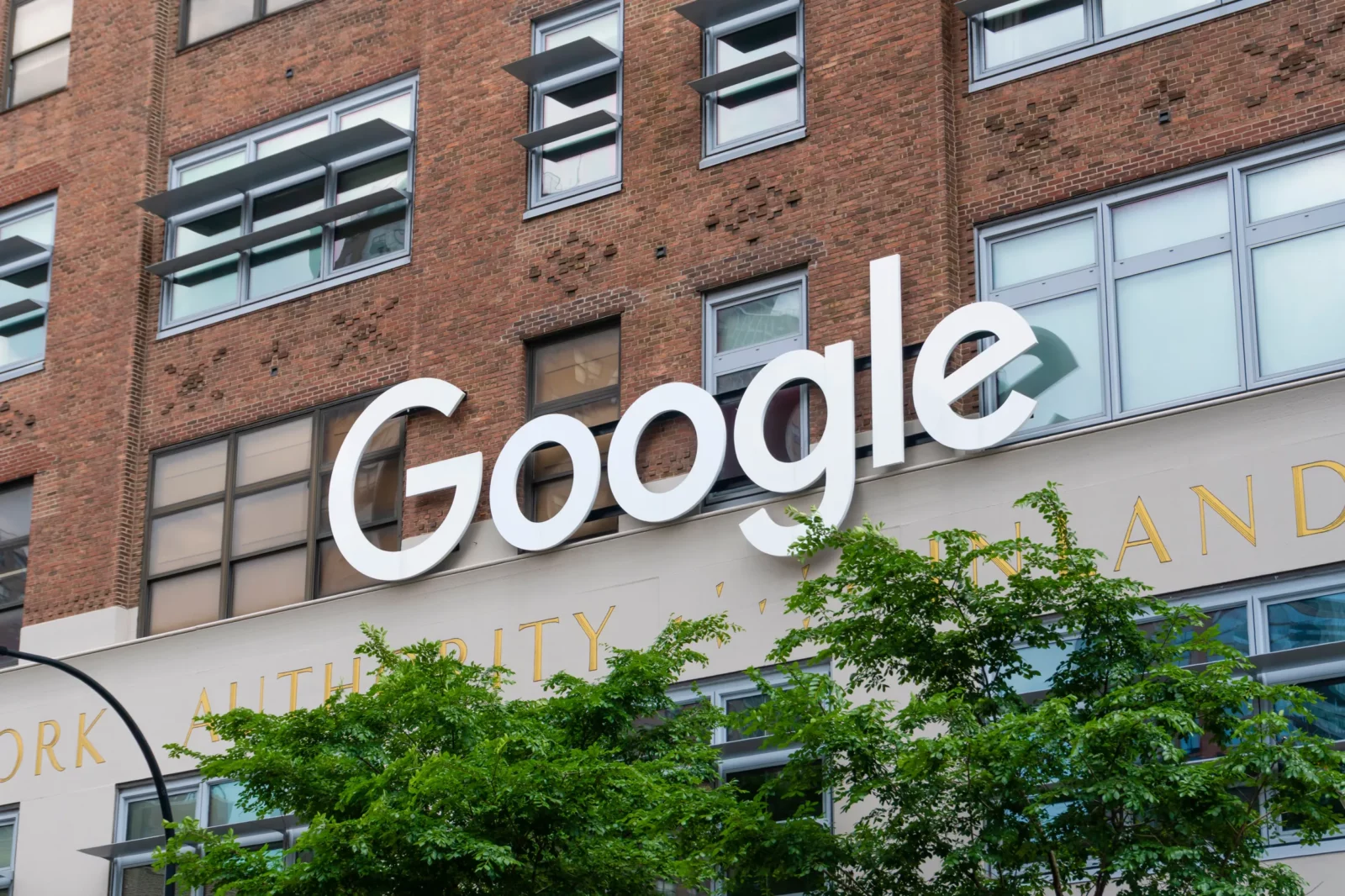“LPFM”: How To Hold Up The Opening Of A Market For 12 Years
 Two Fridays ago–and almost 15 years after starting to consider this change–the Federal Communications Commission enacted rules that will crack open the FM dial to hyperlocal broadcasters in cities across the nation.
Two Fridays ago–and almost 15 years after starting to consider this change–the Federal Communications Commission enacted rules that will crack open the FM dial to hyperlocal broadcasters in cities across the nation.
Low-power FM, meaning non-commercial stations that occupy gaps in the existing channel lineup, broadcast no more than 100 watts and cover only a few miles, has been a long time coming. It predates Web radio, satellite radio and digital HD Radio; next to those technologies, the idea of doing anything with analog FM can seem a throwback.
But it’s also the best, cheapest and only way to inject some diversity into the radio business after years of consolidation. And when you see how long it took to reach this point, “LPFM” doubles as a lesson in the difficulty of opening a market when the incumbent firms can lean on the government to shut out competitors.
The FCC began this rulemaking process on Feb. 5, 1998, after a wave of consolidation in the broadcast industry set off by the Telecommunications Act of 1996’s elimination of old ownership caps.
The National Association of Broadcasters and National Public Radio fiercely objected, They argued that new LPFM stations would interfere with their broadcasts even if they were three clicks away on the dial–say, at 103.1 when an existing FM station was at 103.7.
Two years later, the commission felt compelled to defend itself against charges that it was rushing the process. That fall, Congress cut in, passing the Radio Broadcasting Preservation Act of 2000. This banned the FCC from licensing “third-adjacent channel” LPFM startups.
(You should be wary when Congress starts writing detailed technical specifications, whether they cover electromagnetic spectrum or rocket design.)
That made it impossible to launch LPFM stations in most cities and limited the total to about 800 nationwide.
The FCC hired the MITRE Corporation to research the interference issue in depth; $2,193,343 later, that McLean non-profit concluded that third-adjacent low-power stations didn’t pose a real risk. That shouldn’t have been a surprise; the FCC lets “translator” stations, which relay existing broadcasts in areas with poor reception, take second-adjacent channels.
And then nothing much happened. Bills in 2005 and 2007 that would have undone the RBPA never got to a vote. In 2009, a reintroduction of the 2007 bill got through the House but died in the Senate.
But a fourth incarnation of this Local Community Radio Act passed both houses in late 2010 and was signed by President Obama in early 2011. This undoes the third-adjacency ban and authorizes the FCC to grant waivers to LPFM stations two channels away from existing broadcasters if no interference would result.
That should lead to the first new LPFM applications in October of 2013.
Is it too late? Over the last dozen years of policy gridlock, some opportunities have been lost. Brandy Doyle, policy director at the Prometheus Radio Project, a Philadelphia-based advocacy group, noted that a 2003 auction of translator stations ate up some LPFM frequencies.
An interactive map posted by the FCC that assumes all LPFM applications got second-adjacency waivers still shows potentially thousands of openings scattered across most markets–with the notable exceptions of Chicago, Detroit, New York and Philadelphia.
Around Washington, Doyle estimated that five or six could set up shop, with one or two in the District itself. The closest LPFM stations today, 102.1 WMJS and 97.5 WRYR, are 35 and 40 miles away in Maryland.
And Web radio hasn’t made LPFM obsolete… at least, not yet. Casey Rae, deputy director of the Future of Music Coalition, said low-power stations could still help local artists ignored by commercial FM: “There’s really no substitute for knowing what’s going on in your own backyard.”
Doyle echoed that thought and noted another area where the incumbent media have cut back since 2000–news. “If anything, people are more starved for local community and media that supports it than they were a decade ago.”








